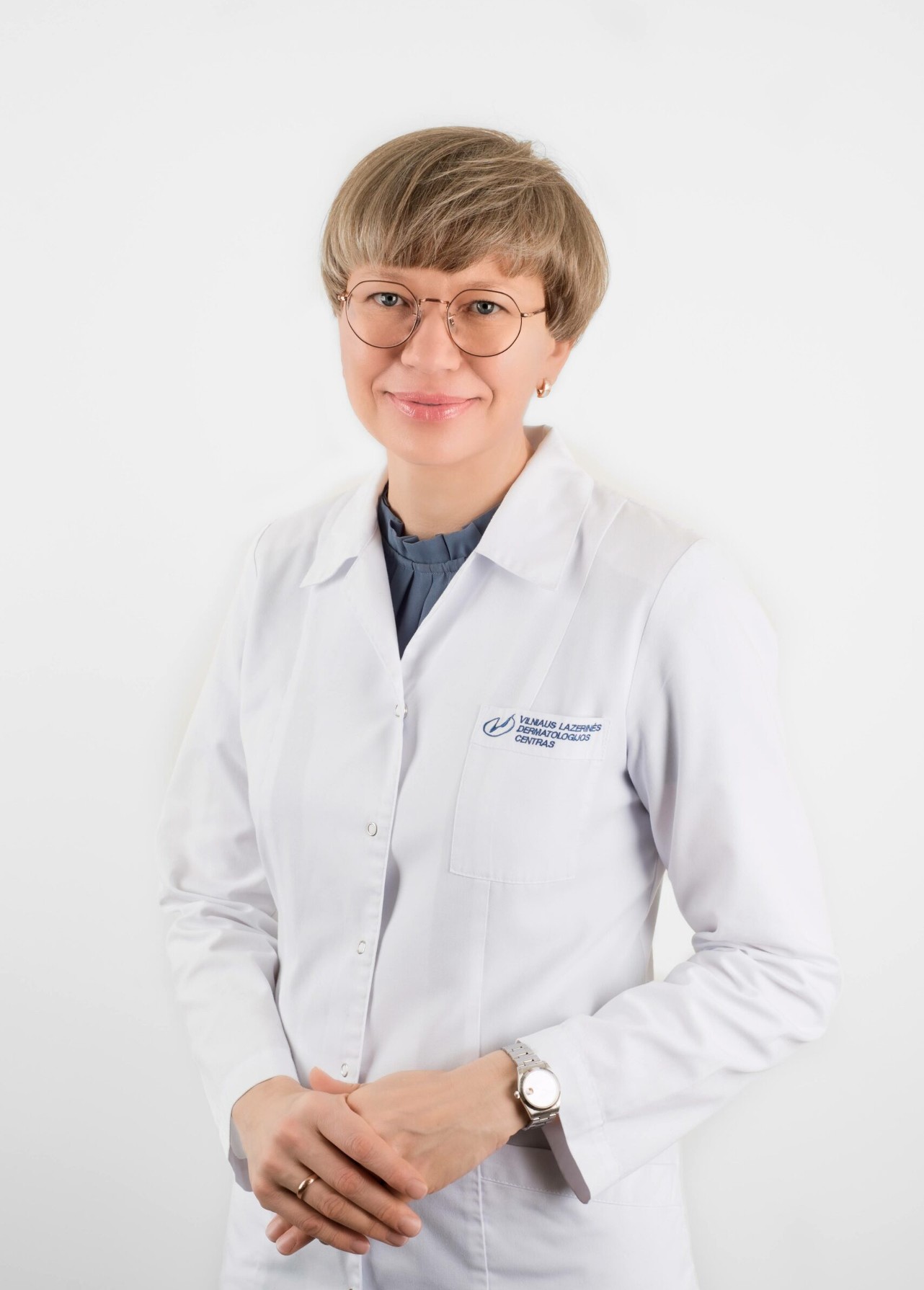Squamous cell carcinoma of the skin is a malignant skin tumour formed from abnormal keratinocytes in epidermal cells. It is the second most common type of skin cancer, accounting for as many as 20% of all skin cancers.
What factors increase the likelihood of developing squamous cell skin cancer?
UV exposure. Of particular importance is the so-called “cumulative” dose – i.e. the amount of sunlight the body has received over the course of a lifetime. Skin cells absorb the sun’s rays, which can lead to DNA damage. If the damage is not repaired, a chain of reactions can start, resulting in malignant skin lesions.
- Older age. It is estimated that people over the age of 75 are most likely to develop this skin cancer. In comparison, people under 45 years of age are not affected by this skin tumour.
- Ionising radiation, e.g. radiotherapy.
- Immunosuppression.
- Chronic inflammatory processes in the skin, e.g. long-lasting ulcers, burns, scars.
- Long-term contact with arsenic, radon in the environment.
- Genetic predisposition.
- Certain skin diseases, e.g. xeroderma pigmentosa, bullous epidermolysis bullosa, albinism.
- Genetic syndromes, e.g. Fanconi anaemia, Bloom’s syndrome, Werner’s syndrome.
- Smoking.
- Human papillomavirus (HPV) infection increases the likelihood of developing cutaneous squamous cell carcinoma in individuals with a genetic predisposition.
- Use of certain drugs such as voriconazole, BRAF inhibitors.
Signs of cutaneous squamous cell carcinoma
Skin lesions can occur in any area of the body – head, neck, torso, etc… In fair-skinned people, squamous cell carcinoma is most likely to occur in areas exposed to the sun, such as the head and neck (55% of cases), the dorsal surface of the arms (18% of cases), and the legs (18% of cases), while other areas are less common.
The features of squamous cell carcinoma depend on the type and localisation of the lesion:
- Bowen disease. A distinct border, scaly spot or plaque, pink or flesh-coloured. These are slow-growing skin lesions that do not cause additional symptoms.
- Invasive squamous cell carcinoma. Characterised by solid papules or plaques, nodules, about 1.5 cm in size and sometimes larger. In some cases, ulceration, scaling, bleeding, necrotic areas are observed. Itching and pain may be troublesome.
- Squamous cell skin cancer tends to metastasize to adjacent lymph nodes, lungs, liver, brain, skin and bone. Metastases in the skin appear as reddish papules or nodules resembling the primary disease.
Diagnosis of cutaneous squamous cell cancer
Diagnosis of cutaneous squamous cell carcinoma is easy for an experienced specialist. However, the diagnosis must be confirmed morphologically, which is why histological examination is carried out.




